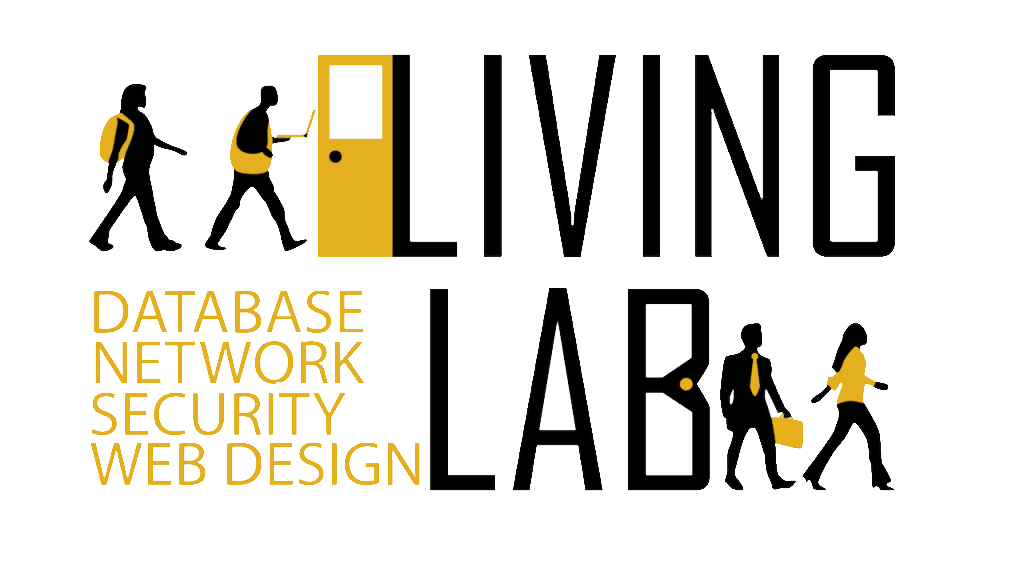Q: What is the Living Lab?
A: The Living Lab is an opportunity for CIT students to bridge the gap between school work and real-world projects.
Q: Where is the syllabus for the Living Lab?
A: You can view the syllabus for the Living Lab by clicking the link below.
Living Lab Syllabus
Q: When does the Living Lab class meet?
A: Class meetings are 9 am to 5 pm Friday and Saturday each week which emulates a standard work environment. Project check in meetings are REQUIRED and will be conducted weekly on Fridays. Alternate project schedules may be considered but require instructor approval prior to enrollment.
Q: Where does the Living Lab class meet?
A: The Living Lab typically meets in ET 005/ET 007. Any location changes will be listed or announced within the Living Lab Canvas site.
Q: How many credit hours is the Living Lab worth?
A: The Living Lab is worth 1 – 6 credits. Undergraduate students typically choose to take 3 credit hours worth of Living Lab in one semester.
Q: Who is in charge of the Living Lab?
A: Professor Justice is in charge of the living lab. Projects are supervised by Living Lab staff.
Q: What kind of projects are given to students?
A: Students are offered a large selection of projects. They range anywhere from updating servers, installing and configuring servers, re-imaging lab machines, developing web applications, developing or interfacing with database systems, and IT security or other IT research.
Q: Where do the projects come from ?
A: The projects that students are given are either internal or external. Internal projects can be system maintenance or even new system implementation or program development. External projects can be anything IT related that an external customer may need.
Q: What can I expect to gain from my Living Lab experience?
A: You can expect to gain a priceless experience that allows you to actually get your hands on real production equipment, real client web development, database or IT networking, security ,or research projects that can help you bridge the real-world gap with the classroom. Some projects involve onsite client work.
